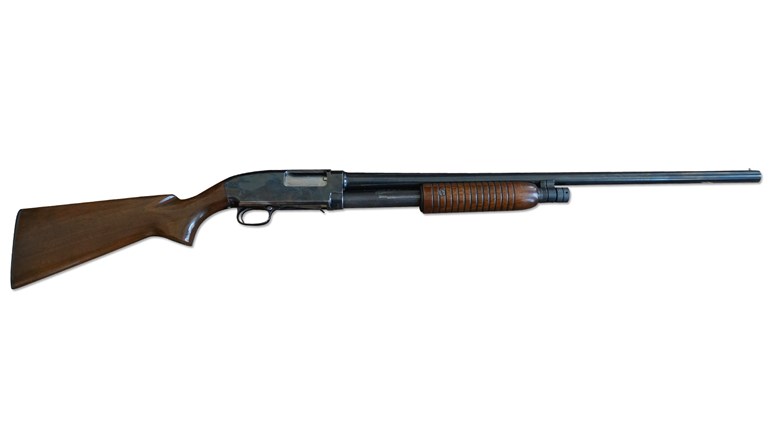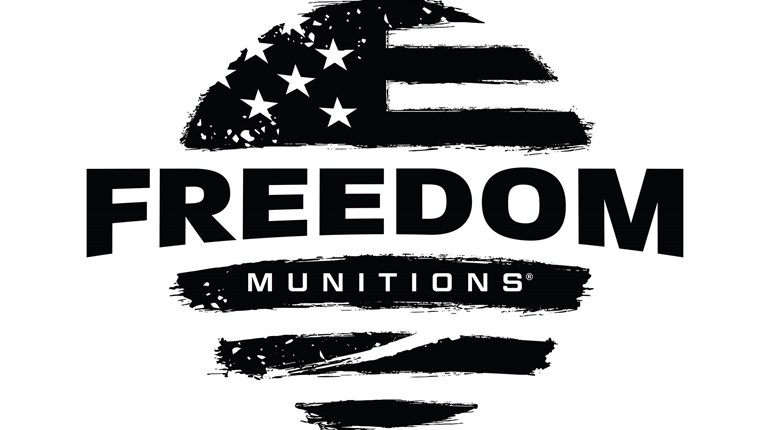
I have long had an admiration for bull-barrel rifles. Not only do they look and feel good, accuracy is usually superior to sporter-barrel rifles. But if the design has weaknesses, they would be the excessive weight of the rifles and the relative scarcity of big-game chamberings. That has changed with the introduction of the Winchester Model 70 Coyote Lite.
So, what are the benefits of a heavy-barreled rifle? First, the thick, stiff barrel is generally conducive to increased accuracy because it provides a more stable platform for the exiting bullet, as it flexes less than a standard barrel. Coupled with this, a heavy barrel takes longer to heat up, so more shots can be taken before letting the rifle cool. The rifle's weight can also help steady it on a bench or bipod.
But with the good comes the bad. Thicker barrels mean increased overall weight. A bull-barrel rifle topped with high-magnification glass can tip the scales at well over 10 pounds. That is fine for a varmint rifle riding the bench, but not for a walking rifle. Too, the majority of rifles available with bull barrels are offered in varmint calibers. I guess some gun manufacturers don't believe big-game hunters want a heavy-barreled rifle chambered for big-game cartridges.
Winchester's engineers got it right when designing the Model 70 Coyote Lite. This lightweight weighs 7 pounds, 8 ounces for the matte-blued model or 7 pounds, 12 ounces for the stainless (except .325 WSM, which is 7 pounds, 8 ounces). That is a savings of 11⁄4 pounds for the matte-blued model over the original Model 70 Coyote. Both models wear medium-heavy, 24-inch fluted barrels with a deep-cut muzzle crown. Unlike some fluting, which seems more cosmetic than functional, the six longitudinal flutes on the Coyote Lite are cut very deep, which not only shaves off a good bit of weight, but also allows heat to dissipate faster, as there is more surface area. The medium-heavy barrel retains the stiffness of a bull barrel without the unnecessary weight. There are no iron sights, instead, the receiver is drilled and tapped for scope bases.
But Winchester didn't stop there. To further reduce weight, the Coyote Lite wears a racy looking lightweight carbon-fiber/fiberglass-composite Bell and Carlson stock. The cuts on the fore-end reduce weight and vent the barrel for faster barrel cool down time. To enhance accuracy while keeping weight at a minimum, the stock has a skeletonized aluminum bedding block. Reminiscent of traditional varmint rifle designs, the Coyote Lite's stock has a wide fore-end. Since I frequently use a bipod, I found the stock's twin fore-end swivel studs extremely helpful. The second stud enables me to attach the sling directly to the stock—a plus. A hinged floor plate, a design preferred by many shooters, allows you to dump unused cartridges quickly. A Pachmayr Decelerator recoil pad is also included, which will help soak up the recoil dished out by the big-game calibers.
Further straying from the pack, Winchester took cartridge selection to the max with the Coyote Lite. Unlike many heavy-barreled rifles—mostly chambered for popular varmint rounds—Winchester covered the spectrum by offering all Winchester Short Magnum and Super Short Magnum cartridges, even the new .325 WSM. The rifle is also available in .223 Remington. My test rifle was chambered for one of Winchester's newest cartridges: .25 WSSM. With a selection like that, nearly anything could be hunted with the Coyote Lite, from prairie dogs to elk and caribou. The wide selection of cartridges and the light weight of the Coyote Lite truly set it apart from the standard, bull-barrel rifle commonly encountered.
Other than the new barrel and stock configuration, the Coyote Lite retains several features of the original Model 70 Coyote that debuted in 2000. Like its heavy-barreled brethren, the Coyote Lite has the Controlled Round Push Feed (CRPF) bolt, which combines aspects of a push-feed and the controlled-round-feed bolt. The CRPF is designed to capture the base of the cartridge when chambering, for a straight shot into the chamber, while also allowing for easy extraction, even if the cartridge is not fully chambered. Also, the CRPF extractor rides over the rim for direct-to-the-chamber loading, much like the push-feed design. Removal of the bolt is easy. Simply push down the bolt release button on the rear-left side of the receiver and slide out the bolt. To replace, just push the bolt back inside. The bolt's body is jewelled, while the handle is matte blued.
The safety is Winchester's standard three-position. In the rear most position the the bolt cannot be opened and the trigger is blocked; the mid position blocks the trigger, yet allows the bolt to be opened; and the forward position readies the rifle to fire.
Before heading to the range, I topped the Coyote Lite with a Leupold FX-III 12x40 mm scope in Leupold rings and bases. I only had on hand three of the four offerings available for the .25 WSSM. The most accurate load tested was Winchester's 85-grain Ballistic Silvertip, which averaged .76 inch. I believe that if the rifle's 5-pound, 7-ounce trigger let-off weight was lightened a bit, groups would shrink significantly. The groups also printed right, even after sight in—an indication of an excessively heavy trigger pull. There was some noticeable creep and overtravel. Still, the groups left little to complain about. During testing there were no failures to feed or fire.
Besides the heavy trigger, there was little to fault the rifle. But, something to take in account, is the wide and flat fore-end. Because the fore-end isn't rounded and is very wide, my Harris bipod didn't set totally flat or snug down as usual. This was really no big deal. Different bipod brands and designs might work better. The Pachmayr Decelerator pad is a wonderful addition to the rifle. The .25 WSSM doesn't have much recoil, but it seemed nearly non-existent. It will certainly be a valuable asset for the larger calibers.
On two separate occasions, I used the Coyote Lite to hunt groundhogs. To say I was impressed with the results would be an understatement. The Winchester 120-grain positive expanding point bullet performed well, rolling both 'hogs with oomph. Although 100-yard shots are not a true test of this rifle's capabilities, it was in-the-field testing and it gave me plenty of opportunities to tote the rifle across several large hay fields. Not once did the Coyote Lite feel overly heavy or a burden to carry, and it performed admirably.
Hunters no longer have to forego the benefits of a bull-barrel rifle simply because of excess weight. With the Winchester Coyote Lite, you get them all in a lighter package. A friend—who is currently in the market for a new big-game rifle—summed up the Coyote Lite the best when he said, "I gotta have one of those."





































